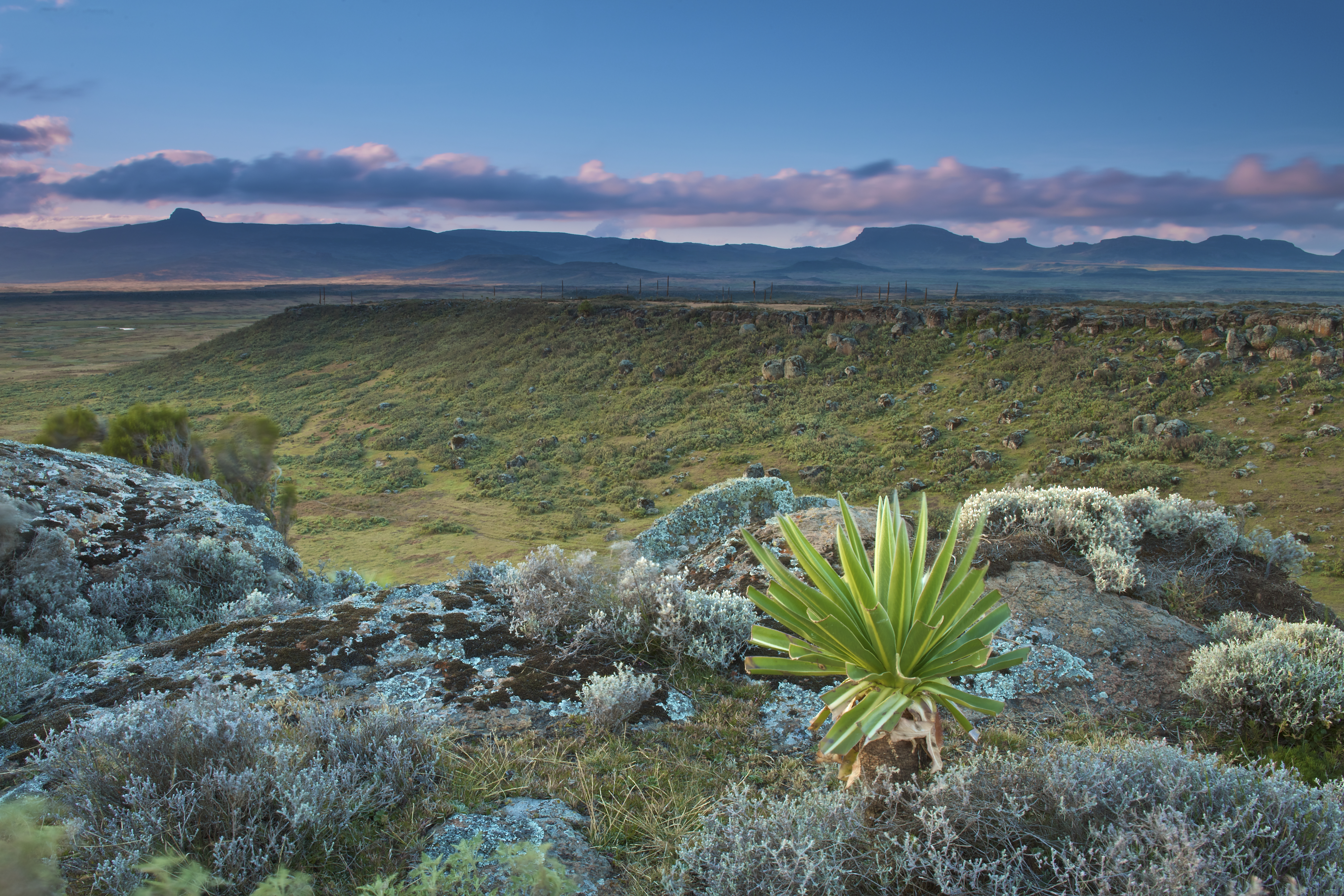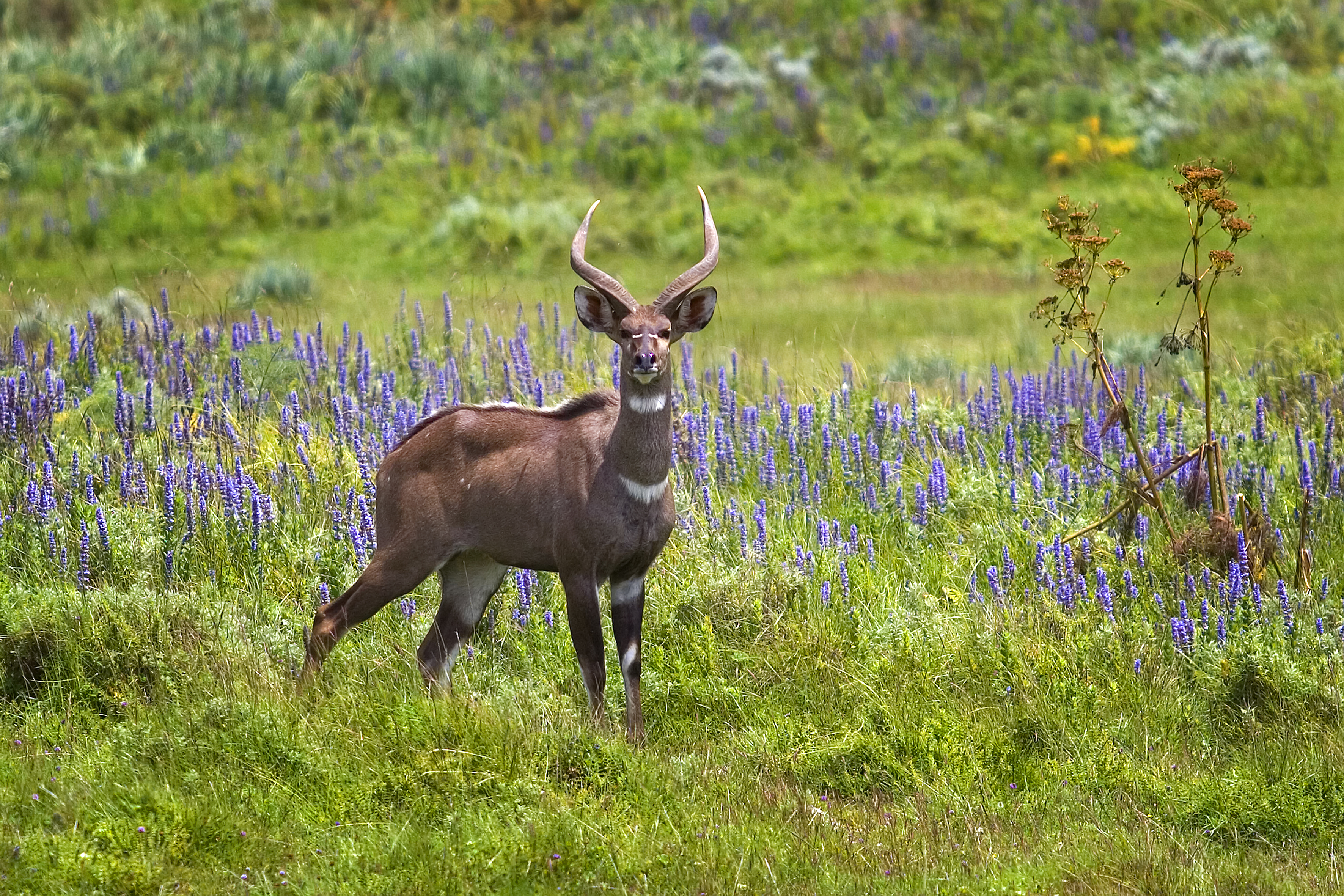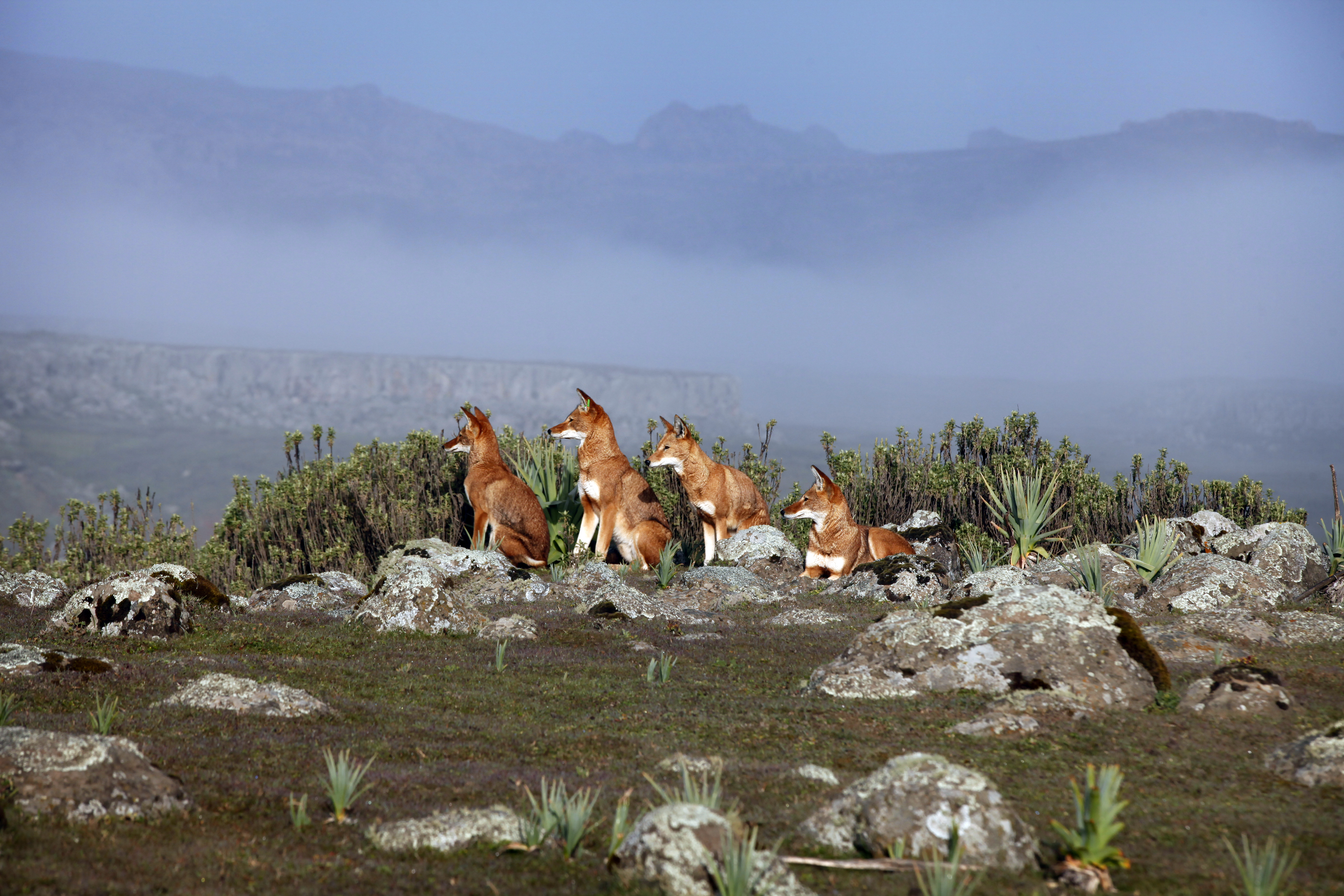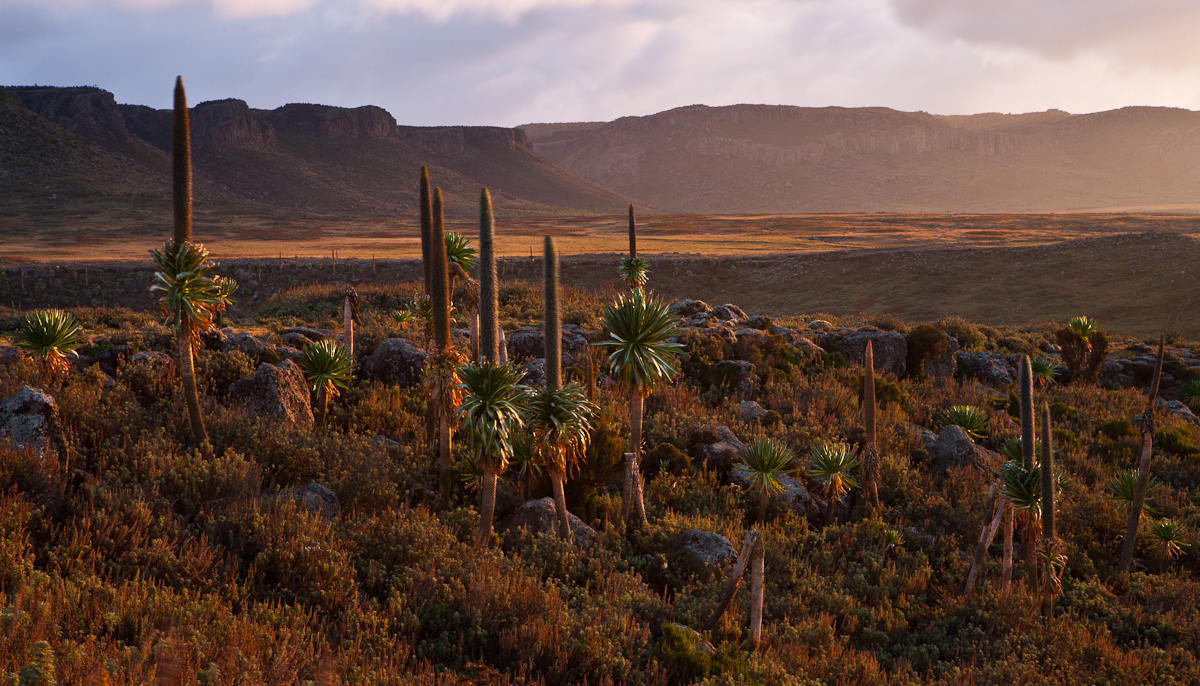

On Monday, 18 September 2023, during its 45th session, the United Nations Educational, Scientific and Cultural Organization (UNESCO) registered Bale Mountains National Park as a World Heritage Site. It is the second natural heritage site in Ethiopia to receive this prestigious designation, long after the inscription of Simien Mountains National Park back in 1978!

“I’ve been privileged to live and work in the Bale Mountains for many years. What a dazzling place. You can get lost walking in the ghostly Hagenia-Juniperus forests following a Menelik’s bushbuck, or ride a horse for days from the Web Valley to Sanetti Plateau through the Central Peaks looking for wolves, klipspringers and birds of prey, or drive your truck from the summit of Tullu Deemtu at 4,377m almost in a direct line through different forests types to the lowlands at 1,200m, a magic transect through multiple habitat types. Whatever mode of locomotion you may choose, the diversity of life and landscapes you will encounter on the Roof of Africa will be a source of wonder. Receiving the status of UNESCO World Heritage Site is a major recognition of Bale's natural beauty and its exceptional value as a biodiversity hotspot.” — Claudio Sillero, EWCP founder
The status of World Heritage Site is granted to places on Earth that present an “outstanding universal value”, meaning that they contain “cultural and natural heritage considered to be of outstanding value to humanity”. This designation marks these unique places as belonging to all people across space and time, as part of the common heritage of humankind, a legacy from the past for the present and for the future generations to come. It is a recognition that their disappearance would represent an irreparable loss to humanity. In nominating a site as World Heritage, UNESCO aims to encourage participation of local communities in the preservation of their cultural and natural heritage and to foster international cooperation in the safeguarding of our world’s cultural and natural heritage. As such, the permanent protection of World Heritage Sites should be of utmost importance to the whole international community.

“World Heritage is the designation for places on Earth that are of outstanding universal value to humanity and as such, have been inscribed on the World Heritage List to be protected for future generations to appreciate and enjoy.” —UNESCO World Heritage Convention
Bale Mountains National Park, established in late 1969, is located in Ethiopia’s southern highlands, 400 km southeast of the capital Addis Ababa. The UNESCO World Heritage Site designation is based on 10 criteria, and chosen sites must meet at least one criteria out of ten. In the case of Bale Mountains National Park, its nomination called upon criteria (vii)—“to contain superlative natural phenomena or areas of exceptional natural beauty and aesthetic importance”— and criteria (x)—"to contain the most important and significant natural habitats for in-situ conservation of biological diversity, including those containing threatened species of outstanding universal value from the point of view of science or conservation”.
Indeed, Bale Mountains National Park—endearingly referred to by Claudio Sillero as ‘The Roof of Africa’—is home to spectacular landscapes: volcanic peaks and ridges, glacial valleys, meadows and lakes, steep escarpments and gorges, tropical montane forests, and stunning waterfalls. Water tower of Africa, five major rivers originate within the park, supplying water to millions of people in Ethiopia as well as many neighbouring countries. It also hosts highly biodiverse ecosystems comprising an array of iconic species, many of which are found nowhere else in the world. The park hosts 1,660 species of flowering plants, including 177 endemic to Ethiopia and 31 exclusively found in Bale; at least 363 bird species, including 6 of Ethiopia’s 18 endemic species; at least 30 amphibian and reptile species endemic to Ethiopia, 6 of which are found only in Bale and 79 species of mammals, 23 of which are endemic to Ethiopia. Because of this, several wildlife authorities and conservationists have stated that more mammals would go extinct if the Bale Mountains habitats were to disappear than any other area of equivalent size on the planet. Notably, two rare and unique flagship species, the Ethiopian wolf and the mountain nyala, have more than 50% of their total populations residing within its boundaries. Other notable species found in Bale include the giant mole rat, the Harenna shrew and the Bale monkey.


Bale Mountains National Park is home to multiple beautiful endemic species, such as the Ethiopian wolf and the mountain nyala.
Inscribing Bale Mountains National Park on the World Heritage List means it must be protected and kept as pristine as possible. Despite already being formally protected by the Ethiopian Wildlife Conservation Authority, threats to its integrity are ever present, such as the heavy use of road crossing through its plateau and forests, expanding small settlements and villages, and increasing use of the resources within the park for agriculture and livestock grazing. This new World Heritage status highlights the ever pressing need to promote more sustainable local livelihood schemes that align with the conservation of biodiversity and ecosystem services within the park.

In Bale Mountains National Park, EWCP monitors Ethiopian wolf packs in Web Valley, on the Sanetti Plateau and in Morabawa.
EWCP has been conducting research, monitoring and conservation of Ethiopian wolves in the Bale Mountains for more than 30 years, safeguarding the wolf population through vaccination campaigns and by raising awareness within the local communities. Protecting the Ethiopian wolf, and by extension its Afroalpine habitats, wildlife and ecological processes is now more important than ever. Increased visibility at an international scale will help us protect these water towers of the Horn of Africa as an essential resource for its people and a legacy to pass on to future generations.

To learn more about EWCP’s research and conservation activities, follow us on Twitter @KyKebero @ClaudioSillero @MarinoJorgelina @Arctic_paws and visit our website: https://www.ethiopianwolf.org/programme
Help protect the wolves with us: https://www.ethiopianwolf.org/donate